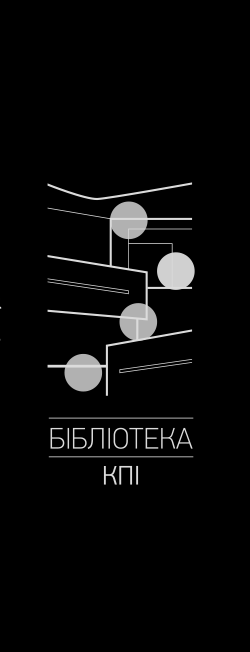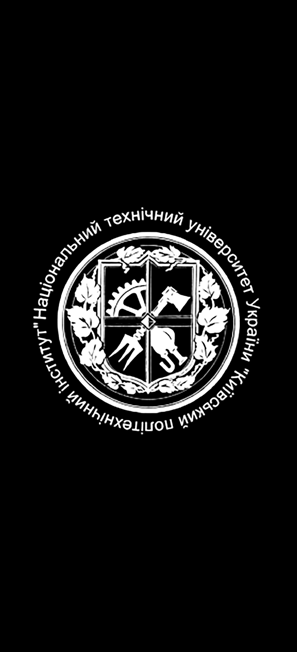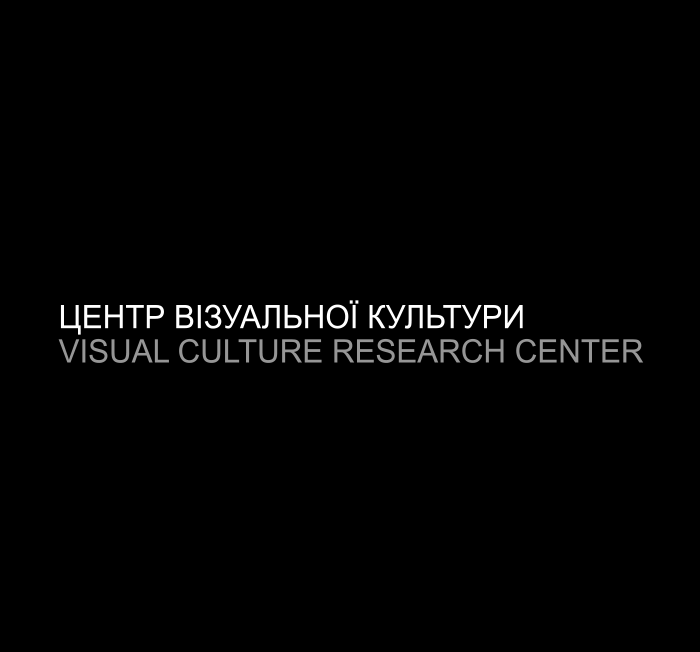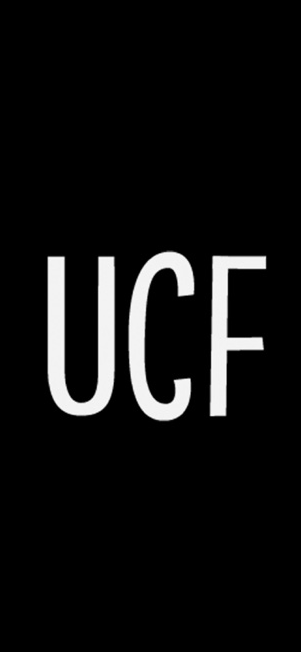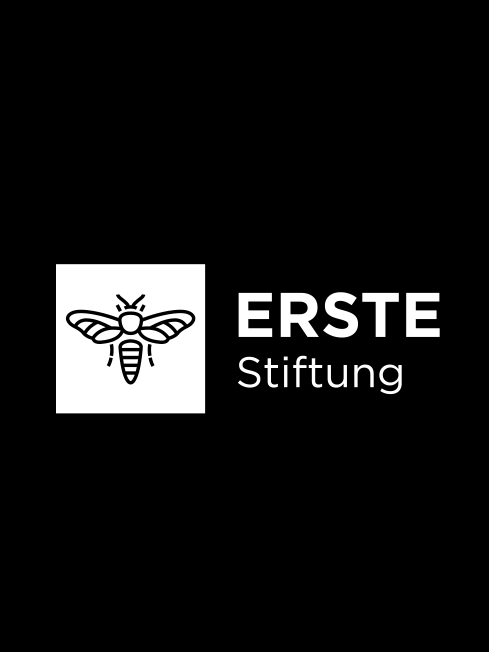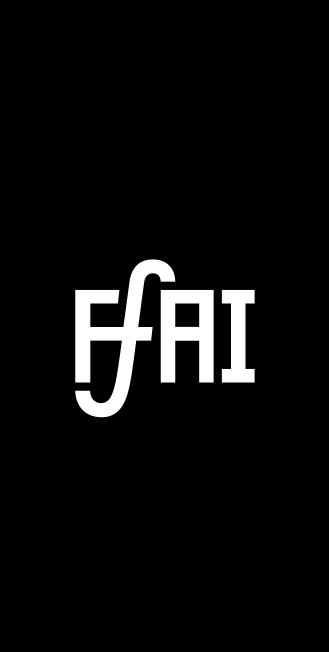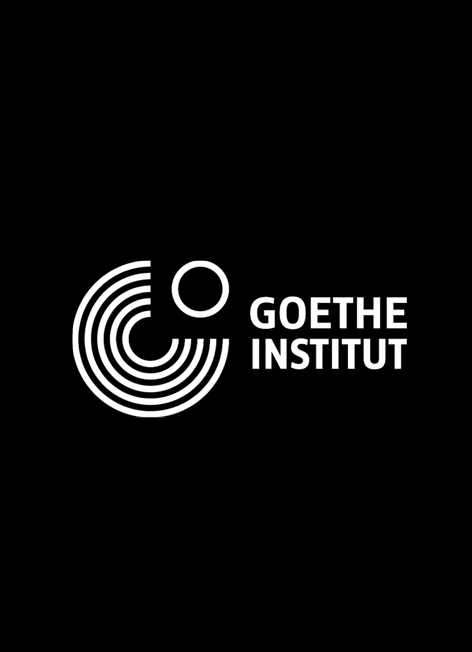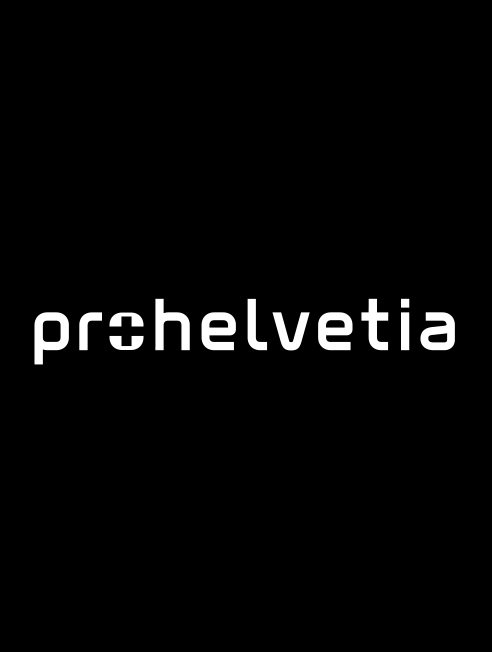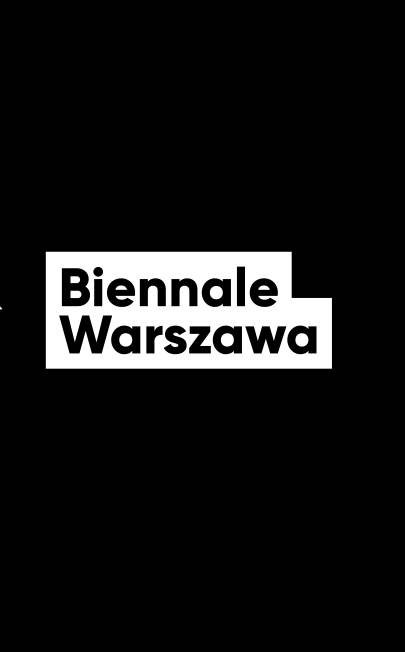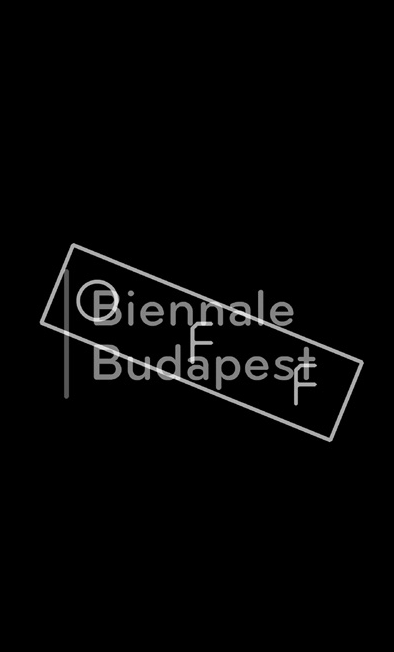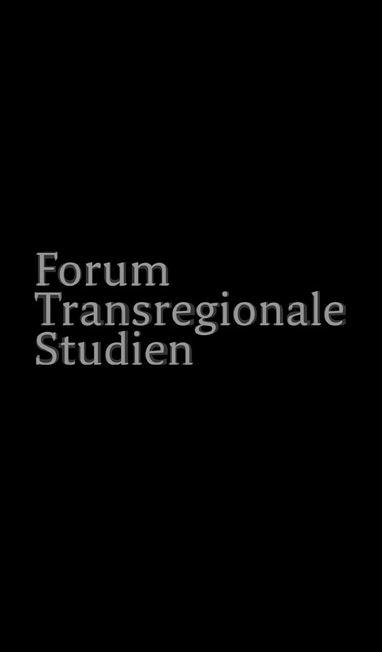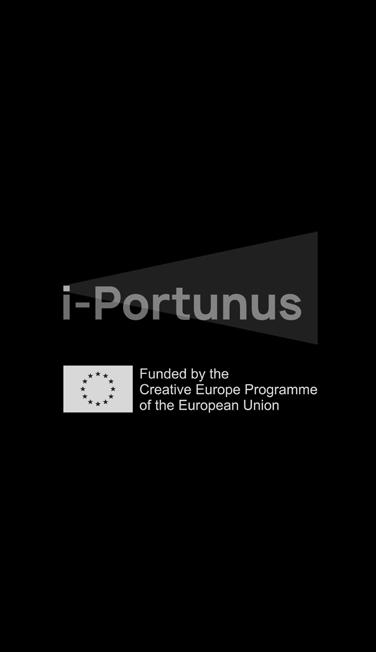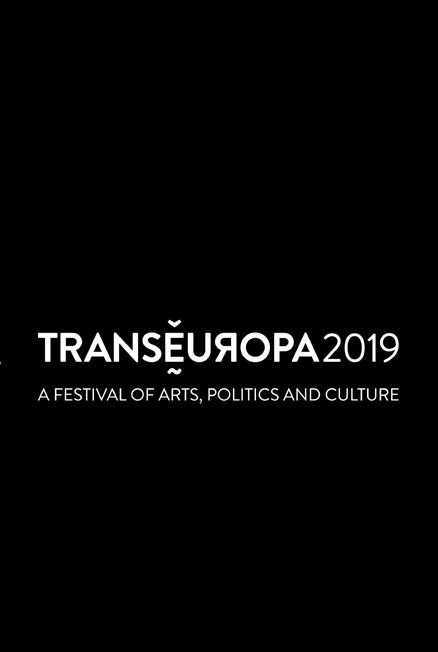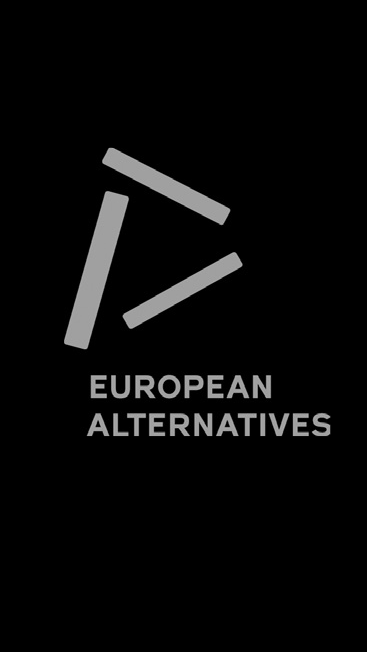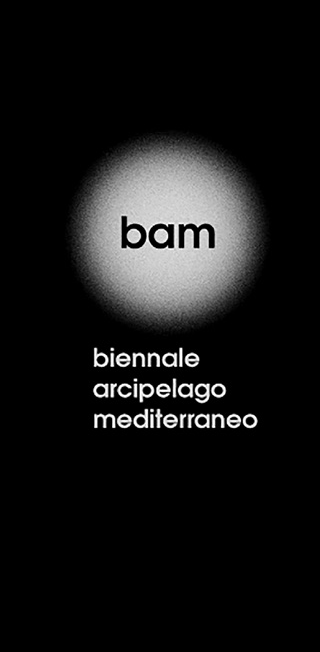EXHIBITION
Kate Crawford
Vladan Joler
Vladan Joler
Kinotron Group
Oleksandr Kupnyi
Volodymyr Kuznetsov
Jon Rafman
Raqs Media Collective
Kirill Savchenkov
Susan Schuppli
Hito Steyerl
Tactical Tech
Aleksei Taruts
Emilio Varvarella
Phillip Wang
Kate Crawford is a widely-published researcher, academic, and author who has spent over a decade studying large-scale data systems, machine learning and artificial intelligence. She is the co-founder and co-director of the AI Now Institute at NYU, which conducts research on the social implications of artificial intelligence. She is a Distinguished Research Professor at New York University, and a Principal Researcher at Microsoft Research New York.
Vladan Joler is SHARE Foundation founder and professor at the New Media department of the University of Novi Sad. He is leading SHARE Lab, a research and data investigation lab for exploring different technical and social aspects of algorithmic transparency, digital labor exploitation, invisible infrastructures, black boxes, and many other contemporary phenomena on the intersection between technology and society.
Vladan Joler is SHARE Foundation founder and professor at the New Media department of the University of Novi Sad. He is leading SHARE Lab, a research and data investigation lab for exploring different technical and social aspects of algorithmic transparency, digital labor exploitation, invisible infrastructures, black boxes, and many other contemporary phenomena on the intersection between technology and society.
ANATOMY OF AN AI SYSTEM
Anatomy of an AI System is a large-scale map and long-form essay investigating the structure of resources required to build and operate an Amazon Echo. The exploded view diagram visualizes three central extractive processes that are required to run an artificial intelligence system: material resources, human labor, and data. The map and essay consider these three elements across time — represented as a visual description of the birth, life, and death of a single Amazon Echo unit.
The stack that is required to interact with an Amazon Echo goes well beyond the multi-layered ‘technical stack’ of data modeling, hardware, servers, and networks. The full stack reaches much further into capital, labor, and nature, and demands an enormous amount of each. The true costs of these systems — social, environmental, economic, and political — remain hidden and may stay that way for some time. The scale required to build artificial intelligence systems is too complex, too obscured by intellectual property law, and too mired in logistical complexity to fully comprehend in the moment.
Anatomy of an AI System is a large-scale map and long-form essay investigating the structure of resources required to build and operate an Amazon Echo. The exploded view diagram visualizes three central extractive processes that are required to run an artificial intelligence system: material resources, human labor, and data. The map and essay consider these three elements across time — represented as a visual description of the birth, life, and death of a single Amazon Echo unit.
The stack that is required to interact with an Amazon Echo goes well beyond the multi-layered ‘technical stack’ of data modeling, hardware, servers, and networks. The full stack reaches much further into capital, labor, and nature, and demands an enormous amount of each. The true costs of these systems — social, environmental, economic, and political — remain hidden and may stay that way for some time. The scale required to build artificial intelligence systems is too complex, too obscured by intellectual property law, and too mired in logistical complexity to fully comprehend in the moment.
Kinotron Group creates films as tools of progress in society, science and technology. Drawing from the eponymous collective conceived in the early 1980s by the filmmaker Felix Sobolev, Kinotron Group operates on the intersections of scientific, experimental and essay film. Its practice examines the relationship between fact and fiction.
DATA IS THE NEW GAS
This is a study of the unforeseen consequences of cybernetic science for global politics and ecology. This film juxtaposes various transcontinental infrastructure projects, both current and historical, to illuminate the interdependencies of big data and fossil fuels. It is based on footage ranging from archival recordings from the Kyiv Institute of Cybernetics to the biological studies of the Baltic seabed and the construction of the infamous Nord Stream pipeline.
This is a study of the unforeseen consequences of cybernetic science for global politics and ecology. This film juxtaposes various transcontinental infrastructure projects, both current and historical, to illuminate the interdependencies of big data and fossil fuels. It is based on footage ranging from archival recordings from the Kyiv Institute of Cybernetics to the biological studies of the Baltic seabed and the construction of the infamous Nord Stream pipeline.
Oleksandr Kupnyi (born 1960) is a photographer and journalist who has been working in the nuclear energy industry for over 30 years, including 20 years at the Chernobyl Nuclear Power Plant. He was a liquidator of the consequences of the Chernobyl disaster, a photographer at the Chernobyl NPP information department, and an instructor at the training center of the Chernobyl NPP Shelter Structure. He had personal photo exhibitions in Kyiv, Moscow and Brussles (at the European Parliament). He has published two books: Alive As Long As Remembered (2011) commemorating the 25th anniversary of the Chernobyl disaster, and Time is Us (2014) dedicated to the 50th anniversary of the Beloyarsk Nuclear Power Station in Russia.
SHELTER
Photographs from the Shelter series are made in the destroyed power unit No. 4 of the Chernobyl Nuclear Power Plant. They depict technological ruins, remnants of mechanisms and materials of the failed nuclear reactor. Inside the unit, there is a radioactive mass of solidified lava that oozed from the reactor pit after the explosion. This 11-ton mass of fuel-containing corium was named the Elephant’s Foot and is still considered extremely dangerous. The photos show fragments of the Elephant’s Foot and pieces of hardened lava which is gradually deteriorating as time goes by.
Photographs from the Shelter series are made in the destroyed power unit No. 4 of the Chernobyl Nuclear Power Plant. They depict technological ruins, remnants of mechanisms and materials of the failed nuclear reactor. Inside the unit, there is a radioactive mass of solidified lava that oozed from the reactor pit after the explosion. This 11-ton mass of fuel-containing corium was named the Elephant’s Foot and is still considered extremely dangerous. The photos show fragments of the Elephant’s Foot and pieces of hardened lava which is gradually deteriorating as time goes by.
Volodymyr Kuznetsov (born 1976) is a Ukrainian artist based in Kyiv. He attended the department of art textiles of the Lviv Art Academy. He is a co-founder of the Straight Line group, the Artistic Council, the CCCK – Center for Communication and Context, as well as the artist group R.E.P. (Revolutionary Experimental Space). He was and still is involved in Maidan and post-Maidan activities, such as assemblies and self-organized initiatives. He takes part in solo and group exhibitions in Ukraine and abroad. In his practice, Volodymyr Kuznetsov focuses on the aesthetics of everyday practices as well as on the presence of archaic in contemporary. He considers memory as a sort of experience and generates new concepts through personal and collective knowledge.
MEMOIRS-1986
“The guys would pillage in the deserted villages nearby. The moonshine was considered as the most precious finding. Back then people believed that alcohol can cure radiation contamination. Some people would even drink eau de cologne. But they would also eat apples from those villages, collect mushrooms and berries. There was hardly any information. You can’t see or hear the radiation, so everything was somehow very mundane and boring...”
The video is based on audio recordings of people recalling the first days after the explosion at the Chernobyl Nuclear Power Plant. It uses fragments from the film The Morning in Atomograd (1976) and the animation Modelling Atmospheric Dispersion of Caesium-137 Across Europe.
“The guys would pillage in the deserted villages nearby. The moonshine was considered as the most precious finding. Back then people believed that alcohol can cure radiation contamination. Some people would even drink eau de cologne. But they would also eat apples from those villages, collect mushrooms and berries. There was hardly any information. You can’t see or hear the radiation, so everything was somehow very mundane and boring...”
The video is based on audio recordings of people recalling the first days after the explosion at the Chernobyl Nuclear Power Plant. It uses fragments from the film The Morning in Atomograd (1976) and the animation Modelling Atmospheric Dispersion of Caesium-137 Across Europe.
Jon Rafman was born in 1981 in Montreal, Canada. He studied Philosophy and Literature at McGill University in Montreal and received an MFA from the School of the Art Institute of Chicago. His work explores the impact of technology on contemporary consciousness, incorporating the rich vocabulary of virtual worlds to create poetic narratives that critically engage with the present. Rafman's recent solo exhibitions include The Mental Traveller, Fondazione Modena Arti Visive (2018), Dream Journal 16'–17', Sprueth Magers Berlin (2017), I Have Ten Thousand Compound Eyes and Each is Named Suffering, Stedelijk Museum, Amsterdam (2016), Westfälischer Kunstverein, Munster (2016), Musée d'art Contemporain de Montréal (2015), and The Zabludowicz Collection, London (2015).
THE NINE EYES OF GOOGLE STREET VIEW
In 2007, Google sent out an army of hybrid electric automobiles, each one bearing nine cameras on a single pole, a GPS and three laser range scanners. Every ten to twenty meters, the nine cameras automatically capture whatever moves through their frame. Computer software stitches the photos together to create panoramic images. To prevent identification of individuals and vehicles, faces and license plates are blurred.
Today, Google Maps provides access to panoramic views of any street on which a Street View car has travelled. For the most part, those captured in Street View not only tolerate photographic monitoring, but even desire it. Rather than a distrusted invasion of privacy, online surveillance in general has gradually been made ‘friendly’ and transformed into an accepted spectacle. In 2008, Jon Rafman started collecting screen captures of Google Street Views. The collections both celebrate and critique the current world. The artist/curator challenges Google’s imperial claims and questions the company’s right to be the only one framing our cognitions and perceptions
In 2007, Google sent out an army of hybrid electric automobiles, each one bearing nine cameras on a single pole, a GPS and three laser range scanners. Every ten to twenty meters, the nine cameras automatically capture whatever moves through their frame. Computer software stitches the photos together to create panoramic images. To prevent identification of individuals and vehicles, faces and license plates are blurred.
Today, Google Maps provides access to panoramic views of any street on which a Street View car has travelled. For the most part, those captured in Street View not only tolerate photographic monitoring, but even desire it. Rather than a distrusted invasion of privacy, online surveillance in general has gradually been made ‘friendly’ and transformed into an accepted spectacle. In 2008, Jon Rafman started collecting screen captures of Google Street Views. The collections both celebrate and critique the current world. The artist/curator challenges Google’s imperial claims and questions the company’s right to be the only one framing our cognitions and perceptions
Raqs Media Collective was formed in 1992 by Jeebesh Bagchi, Monica Narula and Shuddhabrata Sengupta. The word “raqs” in several languages denotes an intensification of awareness and presence attained by whirling, turning, being in a state of revolution. Raqs Media Collective take this sense to mean “kinetic contemplation” and a restless and energetic entanglement with the world, and with time. Raqs Media Collective practices across several forms and media; it makes art, produces performances, writes, curates exhibitions and occupies a position at the intersection of contemporary art, philosophical speculation and historical enquiry. The members of Raqs Media Collective live and work in Delhi, India.
THE BLOOD OF STARS
The Blood of Stars is a 13-minute film that invites viewers to read meteorites for clues about the stains at the edge of every sharp blade that cuts into flesh. It invites you to think about the relation between the presence of iron, a fugitive from the stars, sleeping deep inside the earth, and the veins of warm blooded mammals. Meanwhile, it also registers resonances that ricochet between mining, militarism and the mutations that mark a remote landscape.
The Blood of Stars is a 13-minute film that invites viewers to read meteorites for clues about the stains at the edge of every sharp blade that cuts into flesh. It invites you to think about the relation between the presence of iron, a fugitive from the stars, sleeping deep inside the earth, and the veins of warm blooded mammals. Meanwhile, it also registers resonances that ricochet between mining, militarism and the mutations that mark a remote landscape.
Kirill Savchenkov (born 1987, Moscow) works with various media including performance, installation, and video. He has been a lecturer at Rodchenko Art School in Moscow since 2013. In 2019, he took part in the Time, Forward! (V-A-C Zattere, Venice) exhibition curated by Omar Kholeif and Maria Kramar. He participated in the 12th Gwangju Biennale and the 4th Ural Industrial Biennial of Contemporary Art. In 2017, he presented his solo exhibition Office of Sensitive Activities/ Applications Group supported by V-A-C Foundation at Moscow Museum of Modern Art. In 2016, he presented the Museum of Skateboarding as part of the Power and Architecture program (Calvert22, London). He was awarded a New Generation Prize at the Innovation Prize art awards in Russia, and received a stipend of Garage Museum of Contemporary Art.
ЧАС НЕ ЧУЄ, АЛЕ ВІН ЧЕКАЄ НА НАС. ON THE NTH GROUND OF THE 6TH OCEAN: OCEAN-SENSING PRACTICES
How do we understand the consequences of the relationship between toxic content and our emotions? In his performance “Час не чує, але він чекає на нас. On the nth Ground of the 6th Ocean: Ocean-Sensing Practices,” Kirill Savchenkov examines the process of vicarious trauma formation as a result of selective terror employment and distribution of information about it. Profound impact of the witnessing experience in the ocean of data in social and digital media has changed the role of the disorder in everyday life. Pseudomorphism of the military and the civilian has engaged emotions as a tool of irregular information conflict where politics becomes the continuation of war, not the other way round. Savchenkov addresses social media texts containing memories of the victims of tortures and executive authorities’ despotism as well as William Turner’s poem that was placed next to his painting “The Slave Ship” (1840) dedicated to the Zong slave ship massacre in 1781. The performer’s speech in a dialogue with the Foucault pendulum in the KPI library — a marker demonstrating the Earth’s rotation — is the act of testifying the past but endlessly recollected experience.
How do we understand the consequences of the relationship between toxic content and our emotions? In his performance “Час не чує, але він чекає на нас. On the nth Ground of the 6th Ocean: Ocean-Sensing Practices,” Kirill Savchenkov examines the process of vicarious trauma formation as a result of selective terror employment and distribution of information about it. Profound impact of the witnessing experience in the ocean of data in social and digital media has changed the role of the disorder in everyday life. Pseudomorphism of the military and the civilian has engaged emotions as a tool of irregular information conflict where politics becomes the continuation of war, not the other way round. Savchenkov addresses social media texts containing memories of the victims of tortures and executive authorities’ despotism as well as William Turner’s poem that was placed next to his painting “The Slave Ship” (1840) dedicated to the Zong slave ship massacre in 1781. The performer’s speech in a dialogue with the Foucault pendulum in the KPI library — a marker demonstrating the Earth’s rotation — is the act of testifying the past but endlessly recollected experience.
Susan Schuppli is a Swiss-Canadian artist who lives and works in the UK. Her work examines material evidence from war and conflict to environmental disasters. Creative projects have been exhibited throughout Europe, Asia, Canada, and the US. Recent commissioned works include Learning from Ice, Toronto Biennial, Nature Represents Itself, SculptureCenter, Trace Evidence, Bildmuseet, Umea and Atmospheric Feedback Loops, a Vertical Cinema project for Sonic Acts, Amsterdam. She has published widely within the context of media and politics and is author of the forthcoming book, Material Witness (2019). She received the ICP Infinity Award for Critical Writing and Research in 2016. Schuppli is Director of the Centre for Research Architecture, Goldsmiths University of London and is an affiliated artist-researcher as well as board chair of Forensic Architecture.
DELAY DECAY
The twenty back-lit pages of the cover of Pravda published between April 26 and May 15, 1986 reflect the 19-day gap between the biggest nuclear accident in history, which took place at Chernobyl, and its eventual public disclosure. The most recent newspaper in the vitrine features a transcript of the televised address to the nation by head of state Mikhail Gorbachev on May 14. All the while, the radioactive clouds, as represented by the video, were spreading contamination far beyond the immediacy of the disaster zone.
The twenty back-lit pages of the cover of Pravda published between April 26 and May 15, 1986 reflect the 19-day gap between the biggest nuclear accident in history, which took place at Chernobyl, and its eventual public disclosure. The most recent newspaper in the vitrine features a transcript of the televised address to the nation by head of state Mikhail Gorbachev on May 14. All the while, the radioactive clouds, as represented by the video, were spreading contamination far beyond the immediacy of the disaster zone.
Hito Steyerl (born 1966) is a German filmmaker, visual artist, writer, and innovator of the essay documentary. Steyerl holds a PhD in Philosophy from the Academy of Fine Arts Vienna. She is currently a professor of New Media Art at the Berlin University of the Arts, where she co-founded the Research Center for Proxy Politics. Hito Steyerl’s principal topics of interest are media, technology, and the global circulation of images. Her works explore the complexities of the digital world, art, capitalism, and the implications of Artificial Intelligence for society. Steyerl has had solo exhibitions at the Museum of Contemporary Art, Los Angeles; Museo Nacional Centro de Arte Reina Sofia, Madrid; Artists Space, New York; Institute of Modern Art, Brisbane; Van Abbe Museum, Eindhoven; ICA, London; Künstlerhaus Stuttgart, etc.
HOW NOT TO BE SEEN: A FUCKING DIDACTIC EDUCATIONAL .MOV FILE
How Not to Be Seen — a video by artist and critic Hito Steyerl — presents five lessons in invisibility. These lessons include how to: 1. Make something invisible for a camera, 2. Be invisible in plain sight, 3. Become invisible by becoming a picture, 4. Be invisible by disappearing, and 5. Become invisible by merging into a world made of pictures.
Some of these methods may seem impossible. How, for example, can someone in plain sight go unseen? Steyerl herself often ponders this question. Her work is fueled by her critical examination of the production, use, and circulation of images from the mid-twentieth century into the Information Age. Referring to the countless images generated and circulated by such sources as social media and surveillance technologies, and the impact of these technologies on our lives, she asks: “How do people disappear in an age of total over-visibility?…Are people hidden by too many images?…Do they become images?”
A satirical take on instructional films, How Not to Be Seen features a mix of actual and virtual performers and scenes, which illustrate the strategies for becoming invisible, communicated in an authoritative narrative voiceover
How Not to Be Seen — a video by artist and critic Hito Steyerl — presents five lessons in invisibility. These lessons include how to: 1. Make something invisible for a camera, 2. Be invisible in plain sight, 3. Become invisible by becoming a picture, 4. Be invisible by disappearing, and 5. Become invisible by merging into a world made of pictures.
Some of these methods may seem impossible. How, for example, can someone in plain sight go unseen? Steyerl herself often ponders this question. Her work is fueled by her critical examination of the production, use, and circulation of images from the mid-twentieth century into the Information Age. Referring to the countless images generated and circulated by such sources as social media and surveillance technologies, and the impact of these technologies on our lives, she asks: “How do people disappear in an age of total over-visibility?…Are people hidden by too many images?…Do they become images?”
A satirical take on instructional films, How Not to Be Seen features a mix of actual and virtual performers and scenes, which illustrate the strategies for becoming invisible, communicated in an authoritative narrative voiceover
Tactical Tech is an international non-governmental organization established in 2003 that engages with citizens and civil society organizations to explore and mitigate the impacts of technology on society. Their work targets a broad audience, grown from the increased demand for public education around online privacy and autonomy in a data-driven world. Through projects like The Glass Room and the Data Detox Kit, they find creative and accessible formats to demystify technology and give people actionable, sustainable changes to make in their own digital lives. Tactical Tech also works with civil society actors, such as journalists, other NGOs or human rights defenders, in order to create safer, more robust and informed practices with regard to their use of digital technologies. Their Data and Politics project provides a unique contribution to understanding how the misuse of data is impacting negatively on democracies around the world.
THE GLASS ROOM EXPERIENCE
What is personal data in an age when our data is everything but personal? Our websites, apps, social media and 'smart' devices all thrive on the same thing that makes tech companies billions – data. Not just any data, but our data. In 2030 there will be an estimated 125 billion connected devices – 14 for each person. That’s a lot of smart toothbrushes. Will all these new technologies really make our lives more efcient, healthier and safer?
The Glass Room Experience explores the companies and mechanisms that make our everyday technologies and connect the Internet of Things (IoT). Play Fake or Real to see how smart you are in the world of smart devices. Find out more about what's really happening behind the screen in The Internet You Don't See. Pick up a free Data Detox Kit, our easy, 8-day digital privacy guide that gives you simple steps to take control of your online life, not to mention your smart devices.
The Glass Room Experience is being exhibited around the world. You can see where other events are taking place at www.theglassroom.org to join the global conversation about data and privacy.
What is personal data in an age when our data is everything but personal? Our websites, apps, social media and 'smart' devices all thrive on the same thing that makes tech companies billions – data. Not just any data, but our data. In 2030 there will be an estimated 125 billion connected devices – 14 for each person. That’s a lot of smart toothbrushes. Will all these new technologies really make our lives more efcient, healthier and safer?
The Glass Room Experience explores the companies and mechanisms that make our everyday technologies and connect the Internet of Things (IoT). Play Fake or Real to see how smart you are in the world of smart devices. Find out more about what's really happening behind the screen in The Internet You Don't See. Pick up a free Data Detox Kit, our easy, 8-day digital privacy guide that gives you simple steps to take control of your online life, not to mention your smart devices.
The Glass Room Experience is being exhibited around the world. You can see where other events are taking place at www.theglassroom.org to join the global conversation about data and privacy.
Aleksei Taruts (born 1984) is a Moscow-based cross media / transdisciplinary artist whose practice mainly involves performative and situational works along with mixed media installations. After graduating from the Moscow State Institute of International Relations, he studied filmmaking at the High Courses of Scriptwriters and Film Directors and the theory of new media art at the Open School Mediaartlab. The key issue in the artist’s research is the problematization of the concept of “event” as a unit of symbolic exchange. The area of his interests also includes manifestations of the irrational, caused by the technologies of immediate representation and dispersion of attention, as well as the type of memory produced by unstable connections. Taruts has had solo exhibitions at Display, Berlin (2019), Vadim Sidur Museum/MMOMA, Мoscow (2019), Kunsteverein Stuttgart (2017), etc.
TOUAMOTU AKU AKU HIWA OA OANU RARAKU TOTO MATUA TOUAMOTA
The recitative “TOUAMOTU AKU AKU HIWA OA OANU RARAKU TOTO MATUA TOUAMOTA” appears in one of the songs of the late Soviet industrial band “Tsyganyata i Ya s Illicha”. It tells of an unexpected archeological find of a medieval knight on Easter Island and statements about it by the means of central press sinking in a cloud of doubt.
The doubt here and now is the antispasmodic agent. It builds a symbolic and pseudo-historical distance between the siren alert and its wax proxy, and then offers itself as a guide in the situation of technocratic memory moderation and instant communication, when it is possible to trust only the relationships that seek to drive one crazy and become ghostly, similarly to a paleontological event getting trapped in material culture.
Every morning at 8 a.m., the siren goes off until the library doors open. During this time, the only listeners of its mellifluous singing are the exhibits of the biennale, the archive and materiality of the library itself, as well as the staff present at the moment. The building of the KPI library is converted into an acoustic and psychogeographical object, becoming a source of emergency and at the same time an authority trying to hide it.
*Google translation from the Maori language: YOU’LL HAVE TO MAKE YOUR OWN PARENTS
The recitative “TOUAMOTU AKU AKU HIWA OA OANU RARAKU TOTO MATUA TOUAMOTA” appears in one of the songs of the late Soviet industrial band “Tsyganyata i Ya s Illicha”. It tells of an unexpected archeological find of a medieval knight on Easter Island and statements about it by the means of central press sinking in a cloud of doubt.
The doubt here and now is the antispasmodic agent. It builds a symbolic and pseudo-historical distance between the siren alert and its wax proxy, and then offers itself as a guide in the situation of technocratic memory moderation and instant communication, when it is possible to trust only the relationships that seek to drive one crazy and become ghostly, similarly to a paleontological event getting trapped in material culture.
Every morning at 8 a.m., the siren goes off until the library doors open. During this time, the only listeners of its mellifluous singing are the exhibits of the biennale, the archive and materiality of the library itself, as well as the staff present at the moment. The building of the KPI library is converted into an acoustic and psychogeographical object, becoming a source of emergency and at the same time an authority trying to hide it.
*Google translation from the Maori language: YOU’LL HAVE TO MAKE YOUR OWN PARENTS
Emilio Vavarella is an artist whose work merges interdisciplinary art practice and theoretical research and is centered around the study of the relationship between humans and technological power. He is currently working toward a PhD in Film and Visual Studies and Critical Media Practice at Harvard University. Venues that have exhibited his work include: MAXXI (Rome); KANAL – Centre Pompidou (Brussels); MAMbo (Bologna); The Photographers’ Gallery (London); and Museo Nacional Bellas Artes (Santiago).
ANIMAL CINEMA
Animal Cinema is a film composed of fragments of videos of animals operating cameras. All cameras were stolen by animals who acted autonomously. These video materials, downloaded from YouTube between 2012 and 2017, have been reorganized in Animal Cinema as a constant unfolding of non-human modes of being. Animal Cinema continues Emilio Vavarella’s investigation of non-anthropocentric visual intensities: a new regime of images seems to be emerging in the tension between ideas of sensorial contact, encounter, and closeness, and the presence of the unthought, the unsummonable, the inexplicable and the undecidable.
Animal Cinema is a film composed of fragments of videos of animals operating cameras. All cameras were stolen by animals who acted autonomously. These video materials, downloaded from YouTube between 2012 and 2017, have been reorganized in Animal Cinema as a constant unfolding of non-human modes of being. Animal Cinema continues Emilio Vavarella’s investigation of non-anthropocentric visual intensities: a new regime of images seems to be emerging in the tension between ideas of sensorial contact, encounter, and closeness, and the presence of the unthought, the unsummonable, the inexplicable and the undecidable.
Phillip Wang is a software developer living in San Francisco. Recently he has committed to learning about the theories and practical applications of modern AI.
THISPERSONDOESNOTEXIST
ThisPersonDoesNotExist.com uses a type of AI (Generative adversarial networks) that can discern patterns in a set of images and create new images indistinguishable from what it has seen. This specific neural network was trained on 70k images of human faces released by Flickr. The underlying algorithm was developed by Nvidia, named StyleGAN. The site simply asks the AI to generate a new face from scratch every time you visit it. The installation works in real time.
ThisPersonDoesNotExist.com uses a type of AI (Generative adversarial networks) that can discern patterns in a set of images and create new images indistinguishable from what it has seen. This specific neural network was trained on 70k images of human faces released by Flickr. The underlying algorithm was developed by Nvidia, named StyleGAN. The site simply asks the AI to generate a new face from scratch every time you visit it. The installation works in real time.

